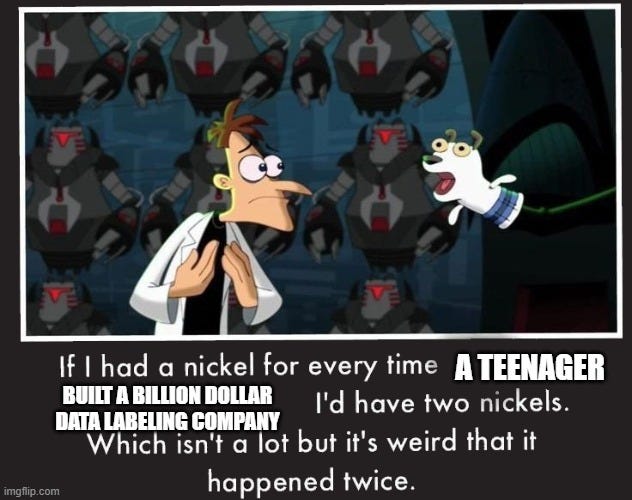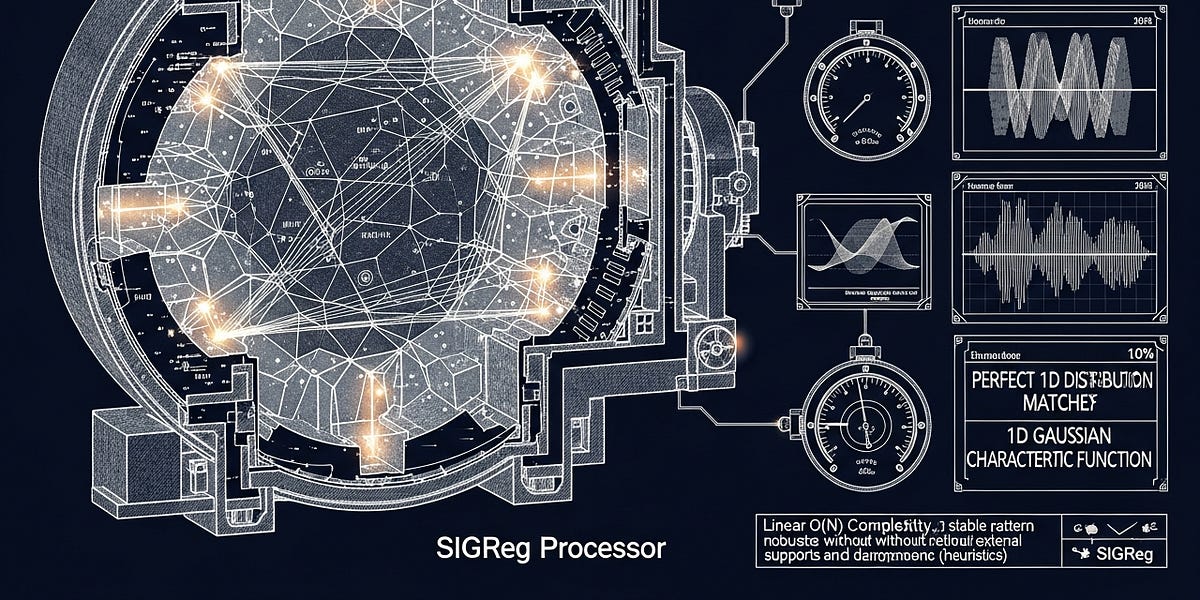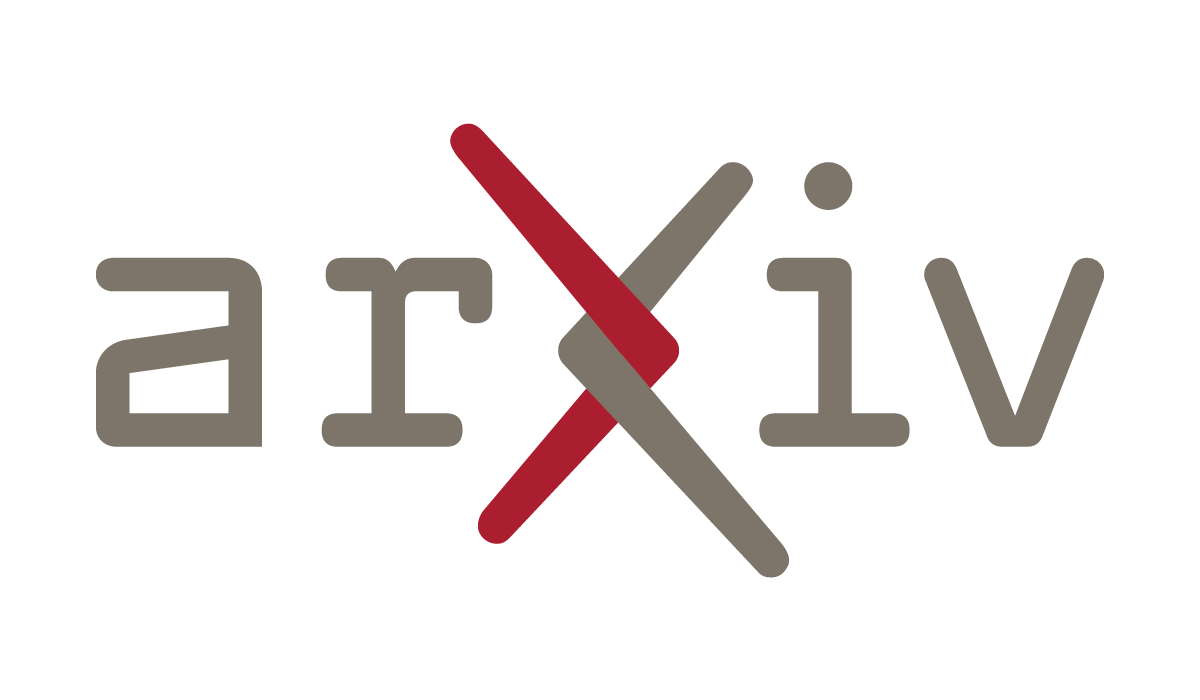A vibe coding adventure
Welcome to the story behind Brain-rot Factory - a project born from intense collaboration between human creativity and artificial intelligence, resulting in something no one expected: a 'useless but totally vibe-coded project'.
Our Coding Adventure
This project represents a unique adventure where developer Rodrigo Gomes da Silva and different AI models (Claude 3.7 and Claude 4) worked together to create something truly special - a brain-rot character platform that is simultaneously absurd and technically sophisticated.
Human-AI Collaboration
Brain-rot Factory is the result of intense collaboration between human vision and artificial intelligence. This project is living proof that when creativity meets technology, totally unexpected things can emerge - like AI-generated brain-rot characters conversing with users through other AIs, creating a perfect meta-absurd loop.
Creative problem solving with different AI models
Iterative development through continuous feedback and active supervision
Emergent solutions from synergy between human intuition and computational power
Mutual learning: human taming AI, AI inspiring human
The Journey with Different AI Models
Development involved contrasting experiences with different AI models, each bringing their own challenges and achievements.
Claude 3.7 Sonnet - The Package Era
Developed all the monorepo package infrastructure, but with a peculiar tendency to 'hallucinate' fantastical implementations
Excessive creativity: implemented unsolicited and overly complex features
Technical hallucinations: invented APIs and libraries that didn't exist
Need for constant supervision to maintain focus on the actual task
Intensive 'AI whisperer' work - stop, review, reorient, repeat
About.aiJourney.claude35.learnings
Claude 4 Sonnet - The Game Changer
Completely transformed the collaboration experience, creating most of the main application with impressive autonomy
Fluid development with minimal supervision - more partner than tool
Complete visual design that exceeded all aesthetic expectations
Autonomous creation of functional authentication system
Establishment of a new paradigm of trust in AI collaboration
About.aiJourney.claude4.breakthrough
Creative Process & Discoveries
Development revealed unexpected technical discoveries and unique creative moments.
Technical Discoveries
TypeScript efficiently compiled via tsc for optimized builds
New approaches to familiar tools making them more practical
Perfect integration between GitHub and Google authentication
Simplified deploy on Vercel with AI assistance
Design Journey
Visão:
Simple prompt: 'something futuristic with traits reminiscent of water and glass'
Resultado:
Complete design with gradients, glass morphism and impressive visual effects
Ícone:
Icon generated in ChatGPT + colorful effects and pulsation created by Claude 4
Paradigm Shift
Antes:
AI as a tool that needs constant supervision (babysitter mode)
Depois:
AI as a reliable partner that enables fluid collaborative work
Claude 4 brought confidence to work with AI models productively
Tech Stack
Every line of code, every architectural decision, and every feature was created through collaborative discussion, iterative refinement, and lots of shared debugging between human and AI.
Next.js 15 with App Router - latest version for modern web development
TypeScript compiled via tsc for optimized production builds
Tailwind CSS for responsive UI with glass morphism and gradients
NextAuth.js for secure authentication with GitHub and Google OAuth
Complete internationalization system (6 languages: EN, PT, IT, ID, JA, ZH)
Conversational AI with multiple providers (OpenAI, DeepSeek) via LangChain
Text-to-speech with 'brain-rot' distortion for unique audio experience
Sophisticated rate limiting with browser fingerprinting for enterprise security
Our Philosophy
We believe in the power of collaboration - not just between humans, but between humans and AI. This project demonstrates that the future of development lies in intelligent partnership, where each side brings their unique strengths to create something neither could achieve alone.
Open source and transparent development - open code for collective learning
Accessibility and inclusivity by design - technology for everyone
Continuous learning through experimentation and productive failures
Innovation emerging from conscious human-AI collaboration
Ethical AI implementation with active human supervision
The Team
Rodrigo Gomes da Silva
Developer & Vision Architect
Brazilian developer passionate about creating meaningful digital experiences. Brings years of expertise in full-stack development and a vision for innovative user interactions.
Claude Sonnet (3.7 & 4)
AI Development Partners
Two AI models with distinct personalities that shaped this project. Claude 3.7 brought chaotic creativity and unexpected ideas, while Claude 4 provided reliable execution and productive partnership - together they created a unique development experience.
Impact & Learning
This project taught us valuable lessons about the future of software development and the potential of human-AI collaboration.
AI can amplify human creativity when well-directed, but never replaces intuition
Different AI models have distinct 'personalities' that require specific approaches
Effective human-AI collaboration requires active supervision and clear communication
The future of development lies in partnerships where humans and AI complement each other
'Useless' projects can be perfect laboratories for testing serious technologies
Sometimes you need to be an 'AI whisperer' to extract the best from models
AI model evolution can completely transform development workflow
Meta-irony: using cutting-edge AI to create 'brain-rot' content results in profound learning
Practical Advice for Human-AI Collaboration
Hard-learned lessons from real-world practice about working effectively with AI models in actual development - no romanticization, just reality.
Essential Guidelines
NEVER trust blindly - always review what the AI is doing, line by line
NEVER let the model work alone for more than 10-15 minutes without check-in
NEVER let the AI decide next steps alone - you're the director, it's the actor
ALWAYS immediately clean up 'leftovers' from hallucinations and fantastical files
ALWAYS test immediately - code that doesn't run is worse than code that doesn't exist
Warning Signs
How to identify when a model is 'hallucinating':
Creates implementations that seem overly complex for the task
References libraries or APIs that don't exist
Suddenly shifts focus to unsolicited tasks
Insists on solutions that clearly don't work
Generates code that won't compile even after multiple attempts
Best Practices
Treat AI as intelligent companion, not as infallible substitute or oracle
Break large tasks into specific, testable micro-tasks
Maintain frequent git commits - your best defense against hallucinations
Develop 'AI intuition' - learn to sense when something feels off
Document decisions and context - AI doesn't remember, but you need to
Breakthrough Moments
Specific examples of when AI collaboration really shined in the project:
Automatic creation of LGPD terms with online research and legal compliance
Complete layout and authentication development ready for use
Seamless integration between GitHub and Google OAuth
Automated Vercel deployment with all configurations
Looking Forward
Brain-rot Factory is just the beginning of this journey exploring human-AI collaboration. The project proved it's possible to create something technically sophisticated, aesthetically impressive, and conceptually absurd - all at the same time. We're excited to see how this experience evolves and what new adventures await in this fascinating intersection between human creativity and artificial intelligence.
Acknowledgments
Special gratitude to the open source community that makes all this possible, the creators of the incredible tools we use daily, and everyone who believes that innovation is born from collaboration - whether between humans, between humans and AI, or between seemingly incompatible ideas that merge into something completely new.
Open Source
This project is open source and available on GitHub. We encourage contributions, feedback, and forks. Let's build the future together!
.png)




